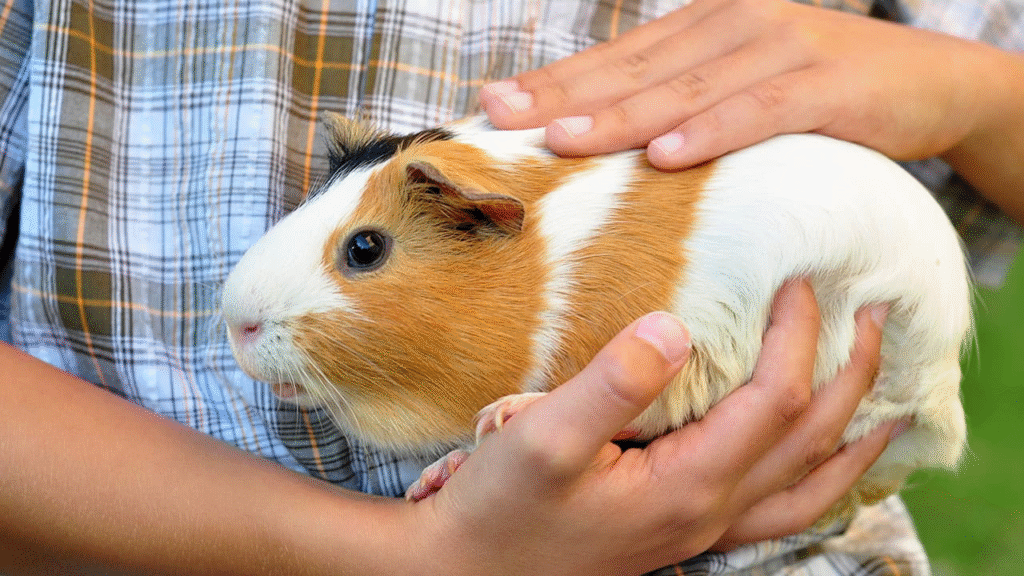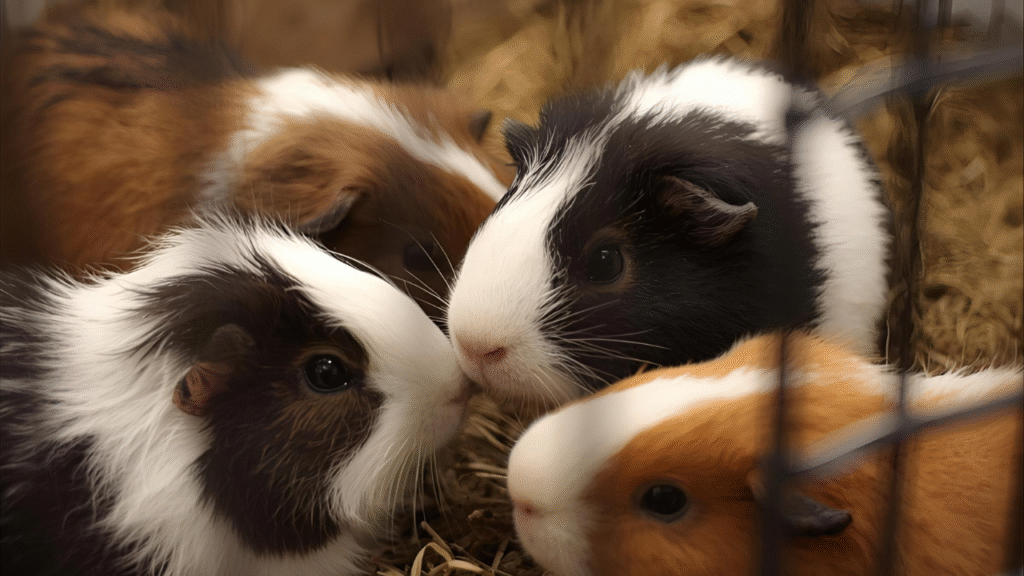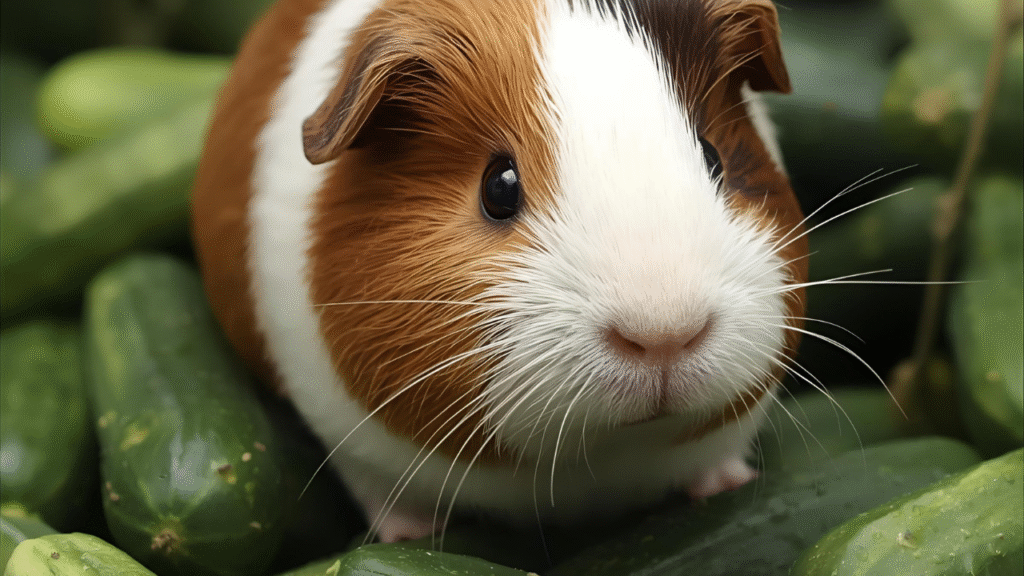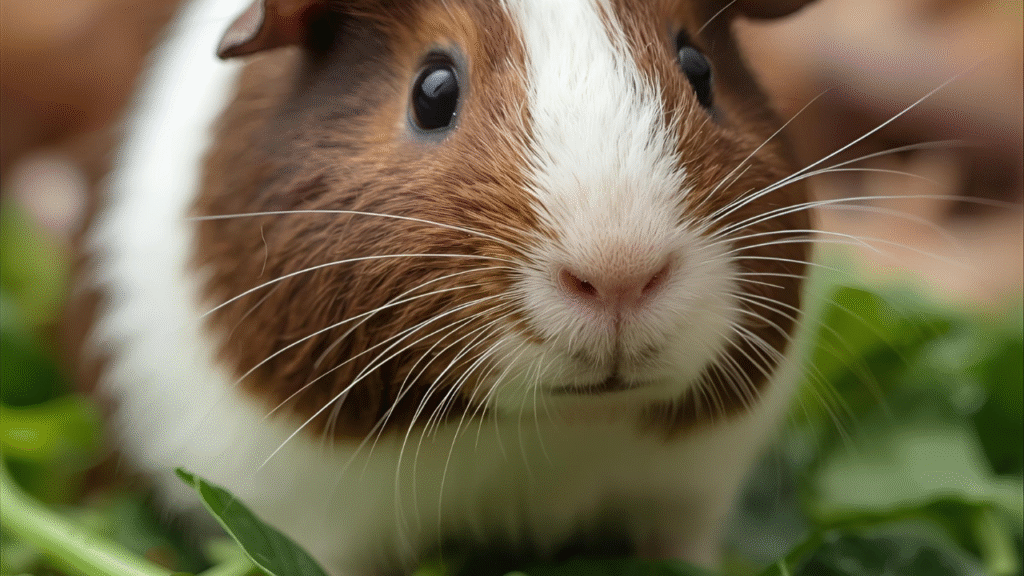When bringing home a guinea pig, one of the most important things to prepare is a proper cage. Guinea pigs are active and social animals that need space to move around, explore, and rest comfortably. A small cage can make them unhappy, stressed, and even unhealthy. Let’s look at how much space your guinea pig really needs and how you can set up the best home for them.
Ideal Cage Size for Guinea Pigs
Guinea pigs need more floor space rather than height. They do not climb like hamsters, so a long and wide cage is best. The right cage size depends on how many guinea pigs you have.
- For 1 guinea pig: At least 7.5 square feet (around 30 x 36 inches), though 10.5 square feet is better.
- For 2 guinea pigs: At least 10.5 square feet (around 30 x 50 inches).
- For 3 guinea pigs: At least 13 square feet (around 30 x 62 inches).
- For 4 guinea pigs: Around 16 square feet (around 30 x 76 inches or more).
A larger cage always provides a healthier environment. More room allows your guinea pigs to play, explore, and live happily together.
Why Cage Size Matters
A cage is more than just a home for your guinea pig. It is their world. The right amount of space helps with:
- Exercise: Guinea pigs love to move around, and a large cage gives them the freedom to do so.
- Social interaction: They are friendly pets that enjoy living with others, but they need space to avoid conflict.
- Mental health: Enough space allows room for toys, tunnels, and hiding spots, which keeps them entertained.
- Cleanliness: A bigger cage stays cleaner longer and helps reduce odors.
Best Types of Guinea Pig Cages
There are several types of cages you can choose from.
- C&C cages (Cubes and Coroplast): Customizable, spacious, and easy to clean.
- Midwest Guinea Habitat: A popular and affordable option that offers good space.
- Avoid small pet store cages: Many are too small and do not meet a guinea pig’s needs.
Always pick a cage with a solid bottom instead of wire flooring, as wires can hurt your guinea pig’s feet.
Setting Up a Comfortable Guinea Pig Cage
Once you have the right cage, the next step is to make it cozy and fun.
- Use safe bedding such as paper-based or fleece liners.
- Add hiding houses or tunnels where your guinea pigs can relax.
- Provide hay racks, food bowls, and water bottles.
- Include toys for chewing and playing.
- Clean the cage daily and do a full clean every week.
Common Mistakes to Avoid
- Choosing a small cage that fits your space but not your pet’s needs.
- Using wire-bottom cages that cause injuries.
- Placing the cage in noisy or cold areas.
- Forgetting to clean or provide enough enrichment.
FAQs
Can I keep a guinea pig in a small cage if I let it out to play daily?
No, guinea pigs spend most of their time in their cage, so it must be spacious enough for them to move and play freely.
Do male guinea pigs need a bigger cage than females?
Both need similar space, but males may need extra room if living together to prevent fighting.
How tall should a guinea pig cage be?
A height of 12 to 18 inches is enough. Focus more on floor area than height.
Can guinea pigs share a cage?
Yes, guinea pigs are social animals and love company, but ensure the cage is large enough for everyone.
Where should I place the guinea pig cage?
Keep it indoors in a quiet area, away from direct sunlight, strong drafts, and loud noises.
Final Thoughts
Giving your guinea pigs a spacious and well-arranged cage is one of the best things you can do for their happiness and health. A large, clean, and cozy space allows them to live actively, bond with their cage mates, and feel secure. Always remember, when it comes to guinea pig cages, bigger is always better.





